THE CLOCK THAT WENT BACKWARD
IWe saw a strange thing.
Aunt Gertrude stood on a chair in front of the old clock, as spectral in her white nightgown and white nightcap as one of the poplars when covered with snow. It chanced that the floor creaked slightly under our feet. She turned with a sudden movement, peering intently into the darkness, and holding a candle high toward us, so that the light was full upon her pale face. She looked many years older than when I bade her good night. For a few minutes she was motionless, except in the trembling arm that held aloft the candle. Then, evidently reassured, she placed the light upon a shelf and turned again to the clock.
We now saw the old lady take a key from behind the face and proceed to wind up the weights. We could hear her breath, quick and short. She rested a band on either side of the case and held her face close to the dial, as if subjecting it to anxious scrutiny. In this attitude she remained for a long time. We heard her utter a sigh of relief, and she half turned toward us for a moment. I shall never forget the expression of wild joy that transfigured her features then.
The hands of the clock were moving; they were moving backward.
Aunt Gertrude put both arms around the clock and pressed her withered cheek against it. She kissed it repeatedly. She caressed it in a hundred ways, as if it had been a living and beloved thing. She fondled it and talked to it, using words which we could hear but could not understand. The hands continued to move backward.
Then she started back with a sudden cry. The clock had stopped. We saw her tall body swaying for an instant on the chair. She stretched out her arms in a convulsive gesture of terror and despair, wrenched the minute hand to its old place at a quarter past three, and fell heavily to the floor.El reloj que marchaba hacia atrás
IVi algo extraño.
Tía Gertrude estaba de pie sobre una silla frente al viejo reloj, tan espectral en su camisón blanco y su gorro de dormir también blanco como uno de los chopos cuando están cubiertos por la nieve. El suelo crujió ligeramente bajo nuestros pies. Ella se volvió con un movimiento repentino, mirando intensamente a la oscuridad y alzando una vela en dirección a nosotros, de tal modo que la luz le dio de lleno en su pálido rostro. Parecía muchos años más vieja que cuando había venido a darnos las buenas noches. Durante unos minutos no se movió, excepto el tembloroso brazo que sujetaba en alto la vela. Luego, evidentemente tranquilizada, depositó la luz en un estante y se volvió de nuevo hacia el reloj. Vimos entonces a la vieja dama tomar una llave de detrás de la esfera y proceder a enrollar las pesas. Podíamos oír su respiración, rápida y entrecortada. Apoyó una mano en cada lado de la caja y acercó su rostro a la esfera, como si la sometiera a un ansioso escrutinio. Permaneció en esa actitud durante largo rato. Oímos su profundo suspiro de alivio, y medio se volvió hacia nosotros por un momento. Nunca olvidaré la expresión de salvaje alegría que transfiguró entonces sus rasgos.
Las manecillas del reloj estaban moviéndose; estaban moviéndose hacia atrás.
Tía Gertrude rodeó el reloj con ambas manos y apretó su arrugada mejilla contra él. Lo besó repetidamente. Lo acarició de un centenar de formas diferentes, como si fuera una cosa viva y querida. Le hizo mimos y habló con él, utilizando palabras que podíamos oír pero que no podíamos comprender. Las manecillas siguieron moviéndose hacia atrás.
Luego se echó sorprendida hacia atrás, lanzando un repentino grito. El reloj se había parado. Vimos su alto cuerpo tambalearse por un instante sobre la silla. Abrió los brazos en un convulsivo gesto de terror y desesperación, devolvió las manecillas a su antigua posición de las tres y cuarto, y cayó pesadamente al suelo.
El reloj que marchaba hacia atrás
(Traducción Domingo Santos, Francisco Blanco)
Edward Page Mitchell


































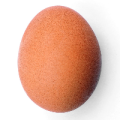
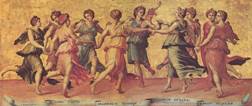







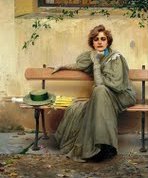


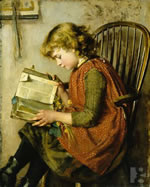




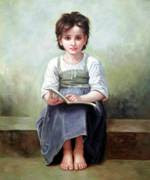














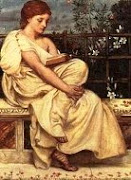

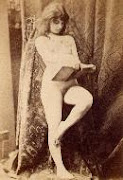










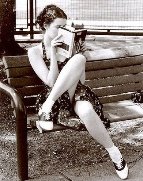
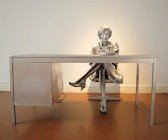
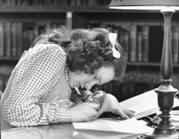

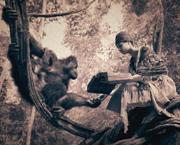

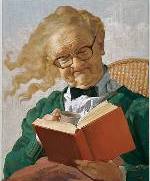



























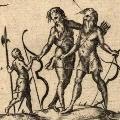


No hay comentarios:
Publicar un comentario